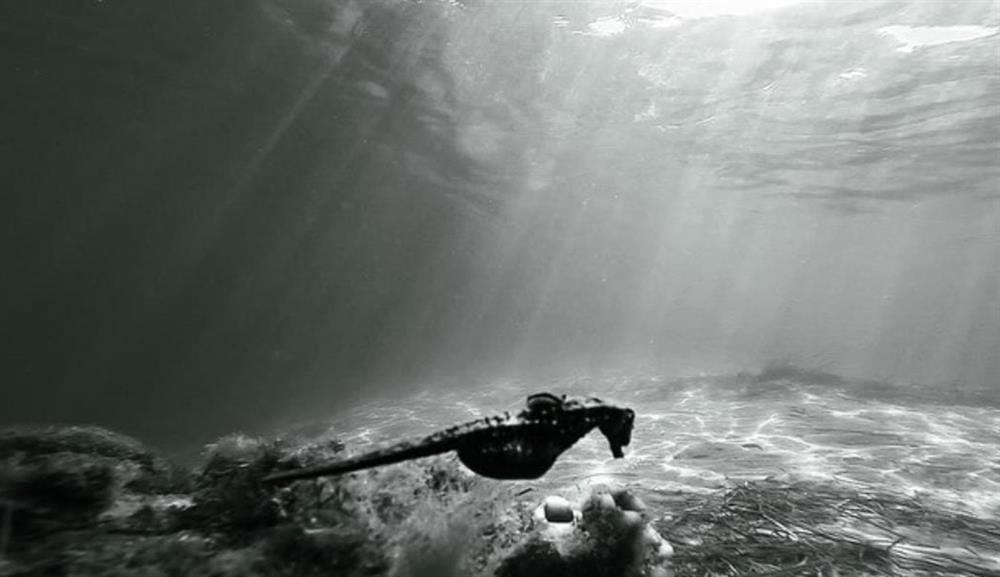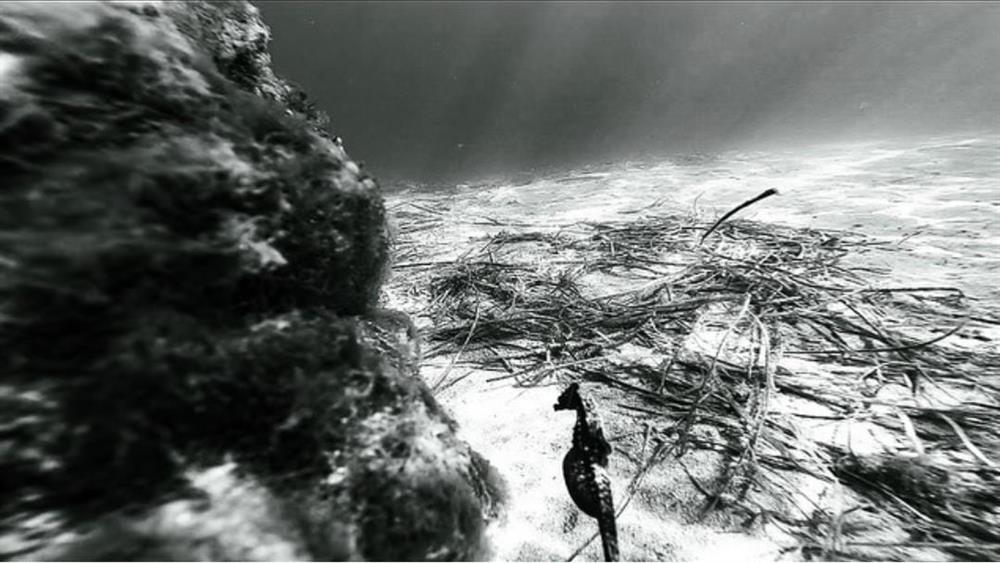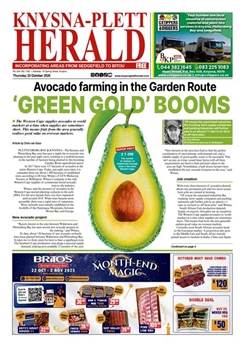Update
PLETTENBERG BAY NEWS - A rare sighting of an egg-carrying Knysna seahorse in the Keurbooms Estuary in Plettenberg Bay set the perfect scene for the announcement that a second Plett Marine Science Symposium is planned for later this year.
The Knysna seahorse is the world's most endangered seahorse. It was through her keen eye and patience that marine researcher and volunteer co-ordinator of the Ocean Research Conservation Africa (Orca) Foundation, Melissa Nel, spotted the seahorse recently.
Nel posted some photos of this tiny creature carrying eggs on her Instagram account. Nel said that this was a very special sighting for her as it took her a few years to spot her first Knysna seahorse in the estuary.
"Now, they just pop out to me, almost saying, 'Hi Mel, here I am, nice to see you again!'"
And she knows that the little egg-carrier is a male as in seahorses, the males carry the fertilised eggs. It is very difficult to spot the creature in the eelgrass as they are only about 12cm long and they blend into the surroundings.
They differ in colour depending on their surroundings and mood, and range from pale green and brown to an almost dark purple.
The Knysna seahorse only occurs along the South African coastline and in only three estuaries in the world: the Keurbooms in Plett, the Knysna Estuary and Swartvlei in Sedgefield.
This small range has added to the risk of extinction and according to experts, the species may have been temporarily extinct in the Keurbooms Estuary for a period as a result of strong river flow.
 One of the pictures captured by Melissa Nel of a Knysna seahorse carrying eggs in the Keurbooms Estuary in Plettenberg Bay.
One of the pictures captured by Melissa Nel of a Knysna seahorse carrying eggs in the Keurbooms Estuary in Plettenberg Bay.
The seahorse was however found again in the estuary during more recent surveys conducted by the Orca Foundation with indications that the population diminished due to floods in 2007 and 2011.
When the Plett Tourism Association announced their intention to have a second Plett Marine Symposium between 30 June and 9 July this year, they said that this creature drew a lot of attention during last year's symposium.
Last year Nel's colleague, Dr Chantel Elston, presented a well-received talk about what lives in the Keurbooms estuary. This included footage captured by the marine observation system, Baited Remote Underwater Video (BRUV).
 One of the pictures captured by Melissa Nel of a Knysna seahorse carrying eggs in the Keurbooms Estuary in Plettenberg Bay.
One of the pictures captured by Melissa Nel of a Knysna seahorse carrying eggs in the Keurbooms Estuary in Plettenberg Bay.
'We bring you the latest Plettenberg Bay, Garden Route news'
















